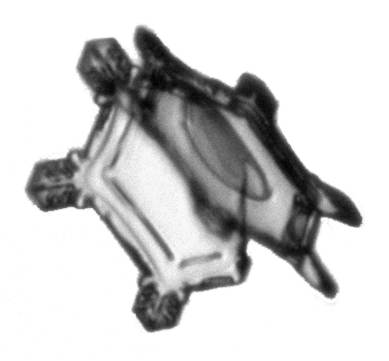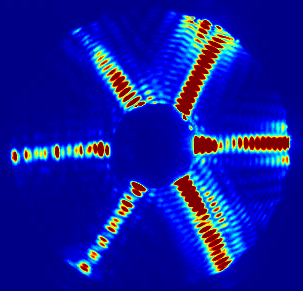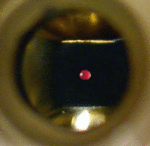Cloud Microphysics
Clouds play major roles in the climate system, as they influence both the shortwave and the longwave energy budget by scattering sunlight and absorbing heat radiation from the earth. At the same time, they are the key to precipitation formation and thereby control the atmospheric part of the global water cycle. Furthermore, there is a strong link between cloud microphysics and atmospheric dynamics through latent heat effects of condensing and evaporating water mass. Cloud formation and development crucially depend on the load and the properties of atmospheric aerosols, so that the aerosol and cloud systems are closely linked. Aerosol particles act as cloud condensation nuclei for liquid clouds, as heterogeneous condensation, immersion or contact freezing nuclei in mixed-phase clouds, or they induce cirrus cloud formation through homogeneous and heterogeneous ice nucleation processes.
Key microphysical processes in clouds are
- the formation of clouds by condensation of water vapour on aerosol particles
- the collision and coalescence of cloud droplets
- the formation of ice by homogeneous freezing or heterogeneous ice nucleation on insoluble aerosols
- the multiplication of the ice phase in mixed-phase clouds by secondary ice formation processes like the Hallett-Mossop effect
- the collection of cloud water on ice by vapour deposition (Bergeron-Findeisen Process) and by riming of falling graupel and hailstones
- angular light scattering by individual cirrus ice crystals depending on their size, habit and orientation
These processes are modelled numerically and investigated experimentally either on single cloud droplets levitated under realistic atmospheric conditions or in the large aerosol and cloud simulation chamber AIDA.
Specific research projects are:




